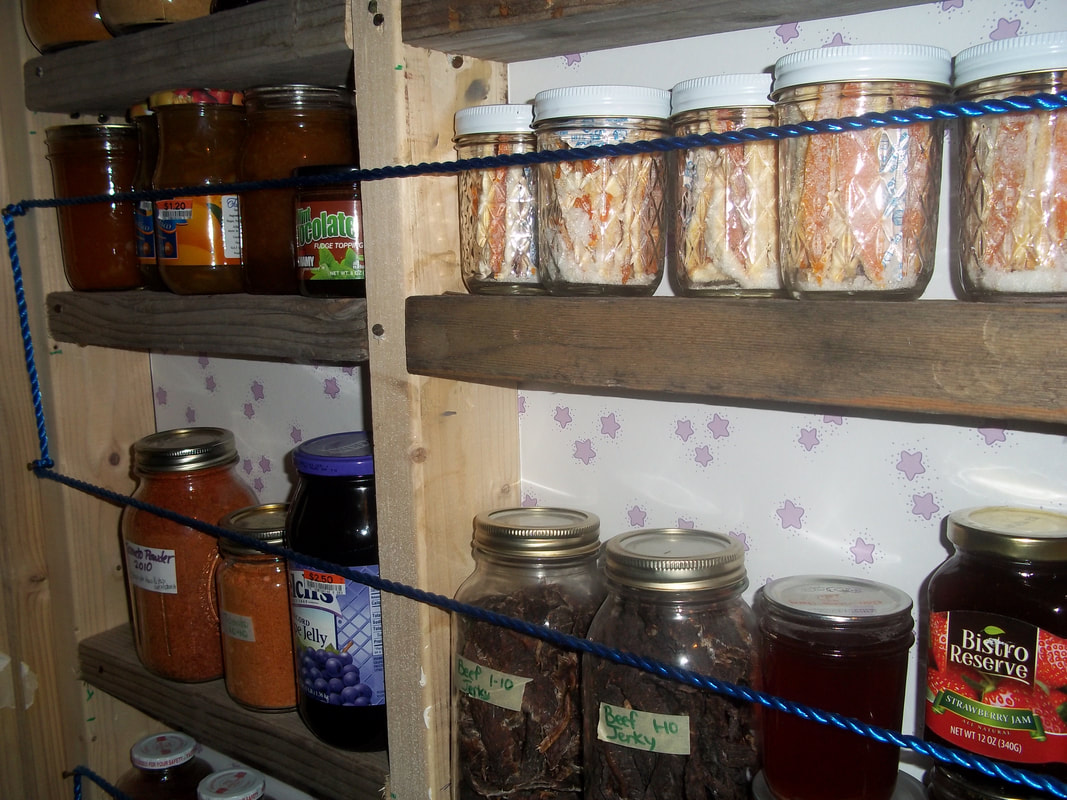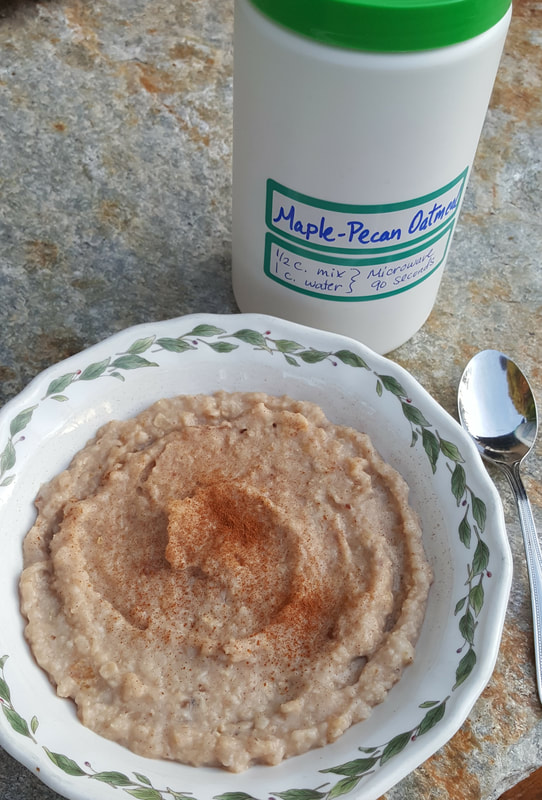This week's skill:
Did you know that you can bottle meat, beans, stew, and chili at home? When you find a great sale price on meat, you can buy a bunch and save yourself a lot of money in future months! For instance, a couple months ago I found boneless skinless chicken for $1/lb. I bought a case (40 lbs), froze about 10 lbs in meal-sized quantities, and bottled the rest. The bottled chicken makes for quick meals, and I know exactly what was added to it. In this case, that meant chicken and salt. Other times I’ve put sliced carrots, celery, onions, and herbs in the jars with the meat, to have a great base for a quick, wholesome chicken noodle soup or pot pie. My food storage includes home-bottled chicken, beef, salmon, pork broth, chicken broth, black beans, pinto beans…
Did you watch the video at the top, on making bottled stew? Do you have some of the dehydrated diced carrots from the Home Storage Center? They're great for adding to canned foods. It helps to soak them in hot water for at least 10-20 minutes first, so they don't soak up all the water in your jar while it cooks.
Meat, beans, and vegetables (except tomatoes) are in the category called ‘low acid’, compared to things like tomatoes and fruits, which are ‘high acid’, or contain higher acidity. Higher acid foods may be processed using a big pot with boiling water to heat the jars and food, but low acid foods have to be heated to a higher temperature. This means the only way to safely bottle them is with a pressure canner—a pressure cooker made to hold 7 or more jars at a time. They start around $65 and go up from there, but you may have a friend who is willing to let you try it out at her house, or borrow it if you’re the confident type. (I have one. It's very similar to the one in the video above. Come on over!)
Where can you find instructions on pressure canning? Most pressure canners come with an instruction book and charts, and there are great resources online.
The first place to know is your local Extension Office. In Utah, that’s the Utah State University Extension office, and somebody there knows the answer to just about any question you come up with on the topics of food, kitchens, preserving, budgeting, gardening, yard care, house and garden pests, and more. They’ll even test your pressure cooker gauge every year for $2.
https://nchfp.uga.edu/ has lots of canning information; one of its pages is this one. It has instructions on canning
Chicken, Rabbit, Chicken or Turkey Broth, Chili, Meat (ground or chopped), Meat (strips, cubes, or chunks), Meat Stock, Meat and Vegetable Soup, Mincemeat Pie Filling, Clams, Crab, Fish (fresh or smoked), Oysters, and Tuna!
This page has info on how canning preserves food, how to make sure your food is safe, what jars, lids, and canners to use, how to know if the jars sealed correctly, canning food for special diets (including baby foods), and more.
Other good resources are The Ball Blue Book and its online counterpart, https://www.freshpreserving.com/home
The Ball Complete Book of Home Preserving
So Easy to Preserve (388 pages of instructions and recipes from the Extension Office in Georgia)
There are lots more. Look for USDA-tested recipes.
_____________
Are you ready to try this?? It's great!


 RSS Feed
RSS Feed